Affiliate links on Android Authority may earn us a commission. Learn more.
Video cable types and where to use them
Published onSeptember 19, 2023
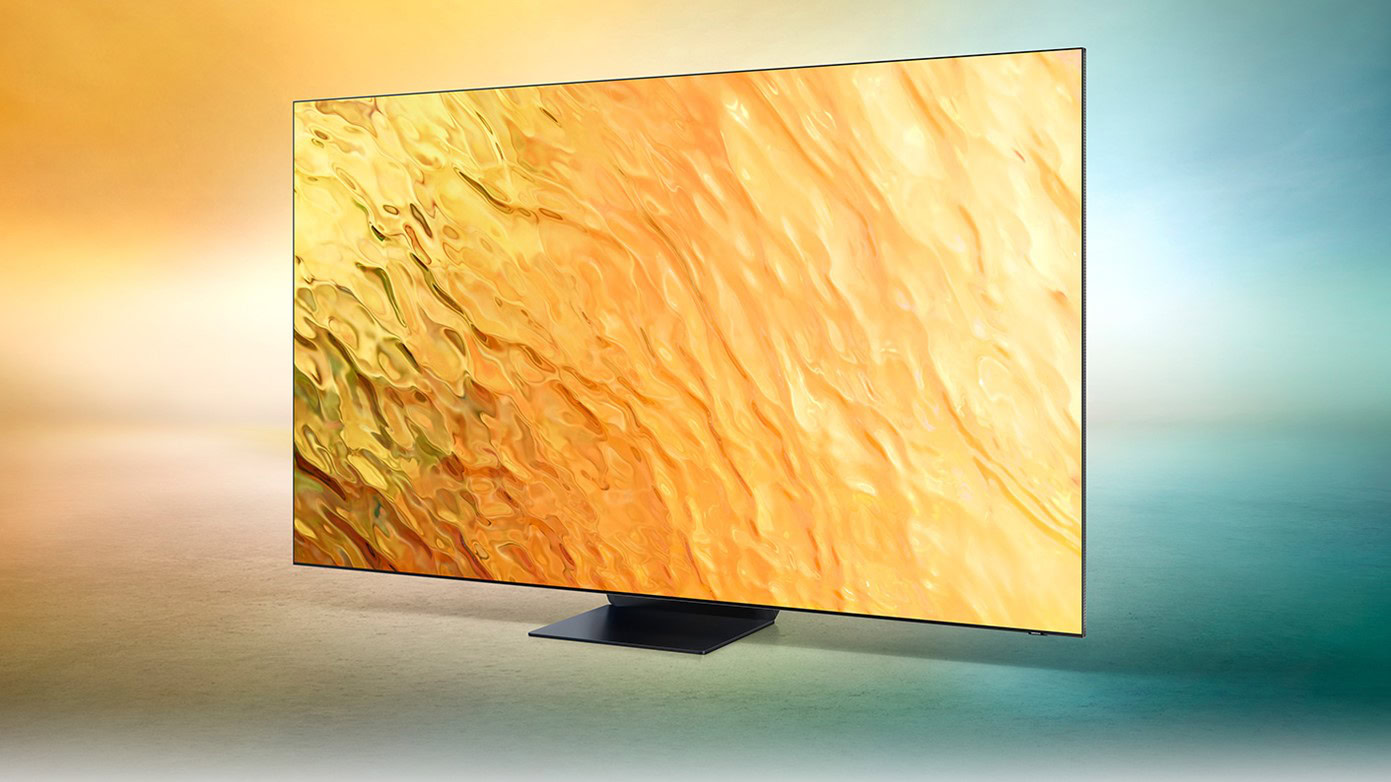
Despite the best efforts of some groups, in some ways, video cables are even more complex in 2023 than they were in 1993. If you need to sort out this confusion — whether you’re adapting to new tech, or trying to revive old tech like VHS and CRT TVs — here’s a straightforward primer on all of the major video cables, including which ones you should prefer when given the choice.
JUMP TO KEY SECTIONS
HDMI
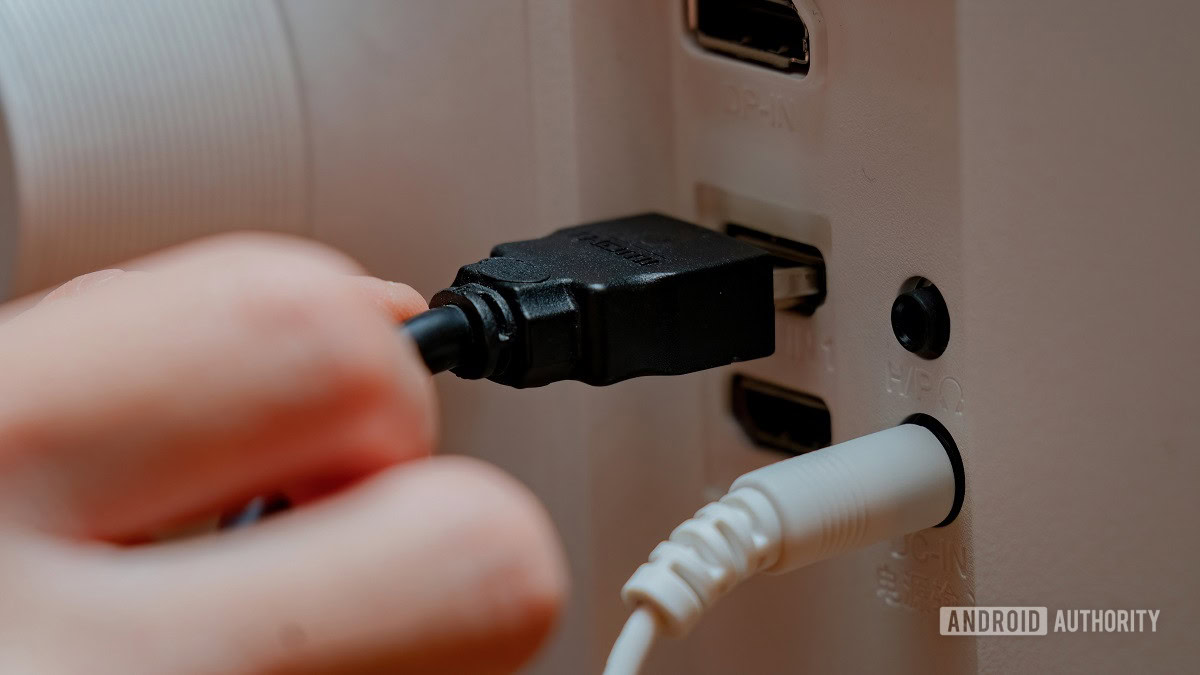
HDMI is the primary connection type on modern TVs, and by association is often found on modern peripherals like media streamers, game consoles, and Blu-ray players. It’s all-digital, so it’s also common on computers and computer monitors.
The latest version of HDMI, 2.1b, supports refresh rates up to 144Hz and resolutions up to 10K, although most consumers are going to be limited to 4K at 120Hz or 8K at 60Hz. An accompany technology, HDCP, gatekeeps copyrighted content, authorizing it for playback and interfering with piracy.
There are few limits in terms of audio and video. HDMI 2.x supports all major formats, such as Dolby Vision HDR and Dolby Atmos surround sound. One unique aspect is support for ARC — the Audio Return Channel — as well as enhanced eARC, both of which let people use HDMI to connect speakers.
Component
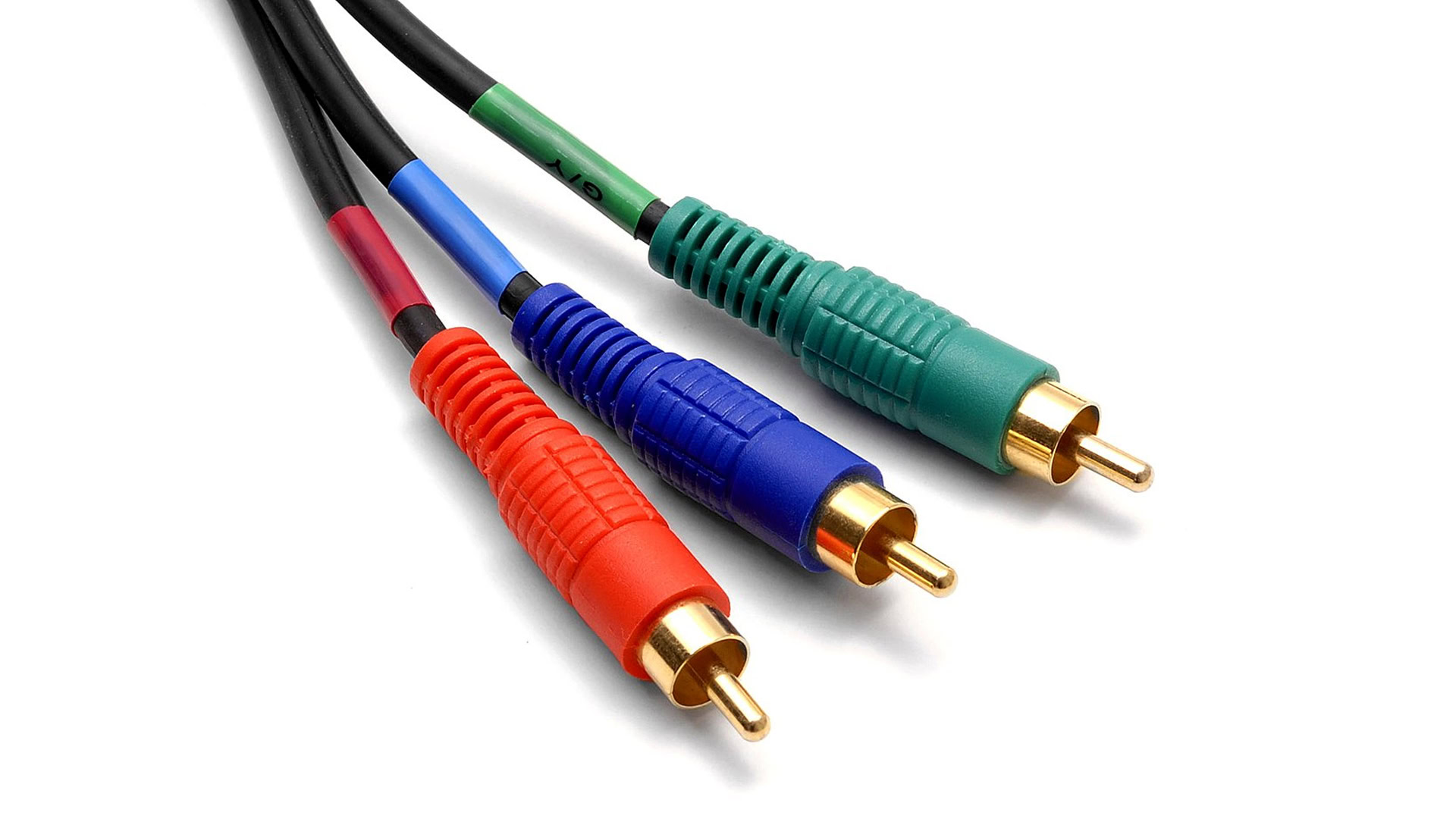
Component is an outdated format that relies on analog video signals. People tend to be most familiar with it in the form of three RCA plugs (for the video), color-coded red, blue, and green, even though the signal isn’t actually in RGB (natively, that is).
There are different kinds of component connectors, however, such as Europe’s SCART, or VGA on older computers. They can be further broken down in to analog and digital options. Digital component cables support resolutions up to 1080p, but even those have been replaced by formats like HDMI and DisplayPort.
Some TVs still offer component inputs, mostly for the sake of backwards compatibility so you can plug in an old DVD or VHS player.
Composite
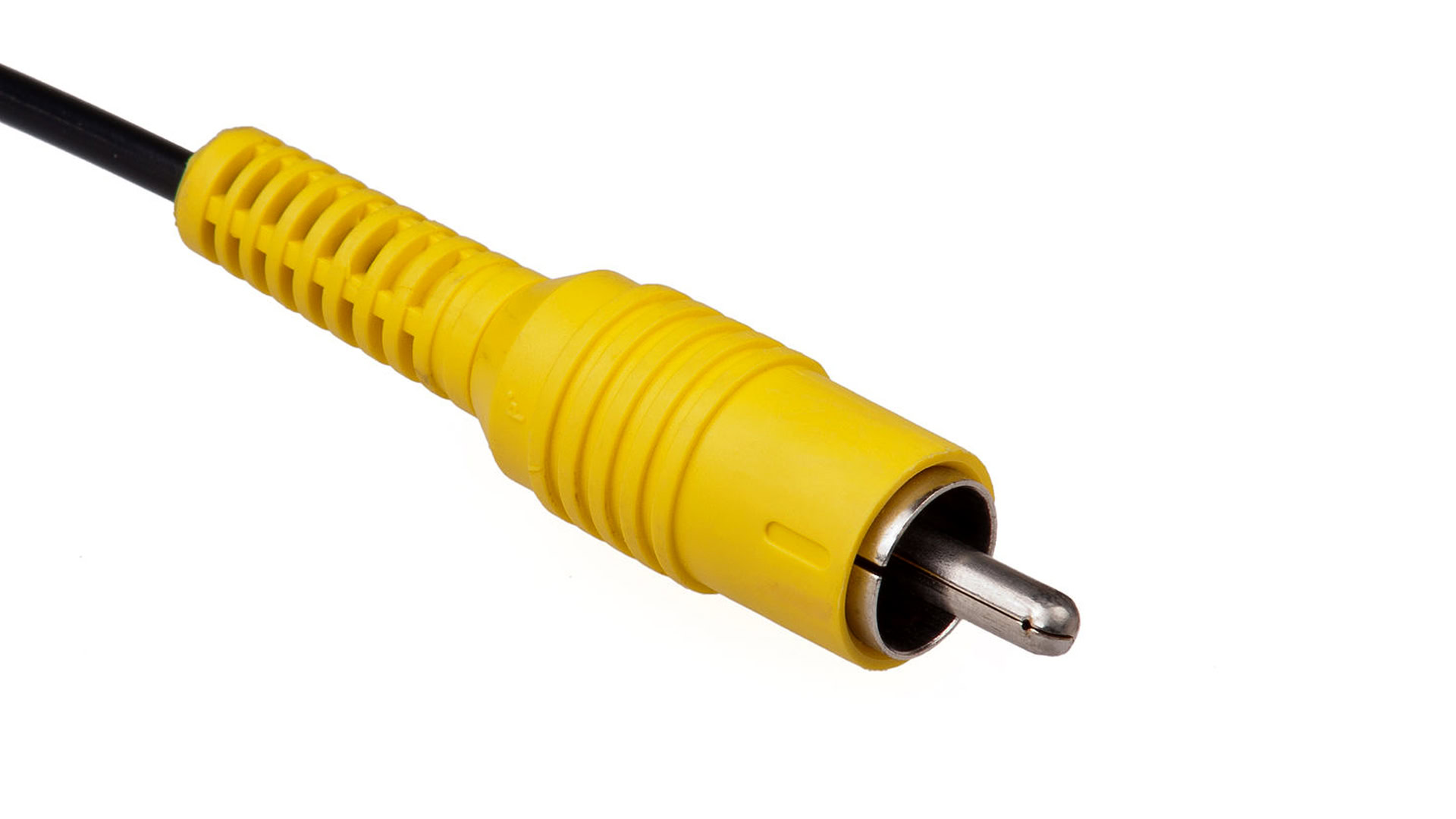
Composite is similar to component in relying on an analog video signal, but gets its name from the fact that that signal is delivered on a single channel on a single cable. You’re unlikely to see this much anymore, not the least because it doesn’t support HD, and can be prone to artifacts such as dot crawl.
Interestingly enough, composite can be found not just in expected places like old VCRs and game consoles, but on some old computers and graphics cards. It’s even less relevant than component, so assume you’ll need some sort of adapter to use it with a modern display.
S-Video
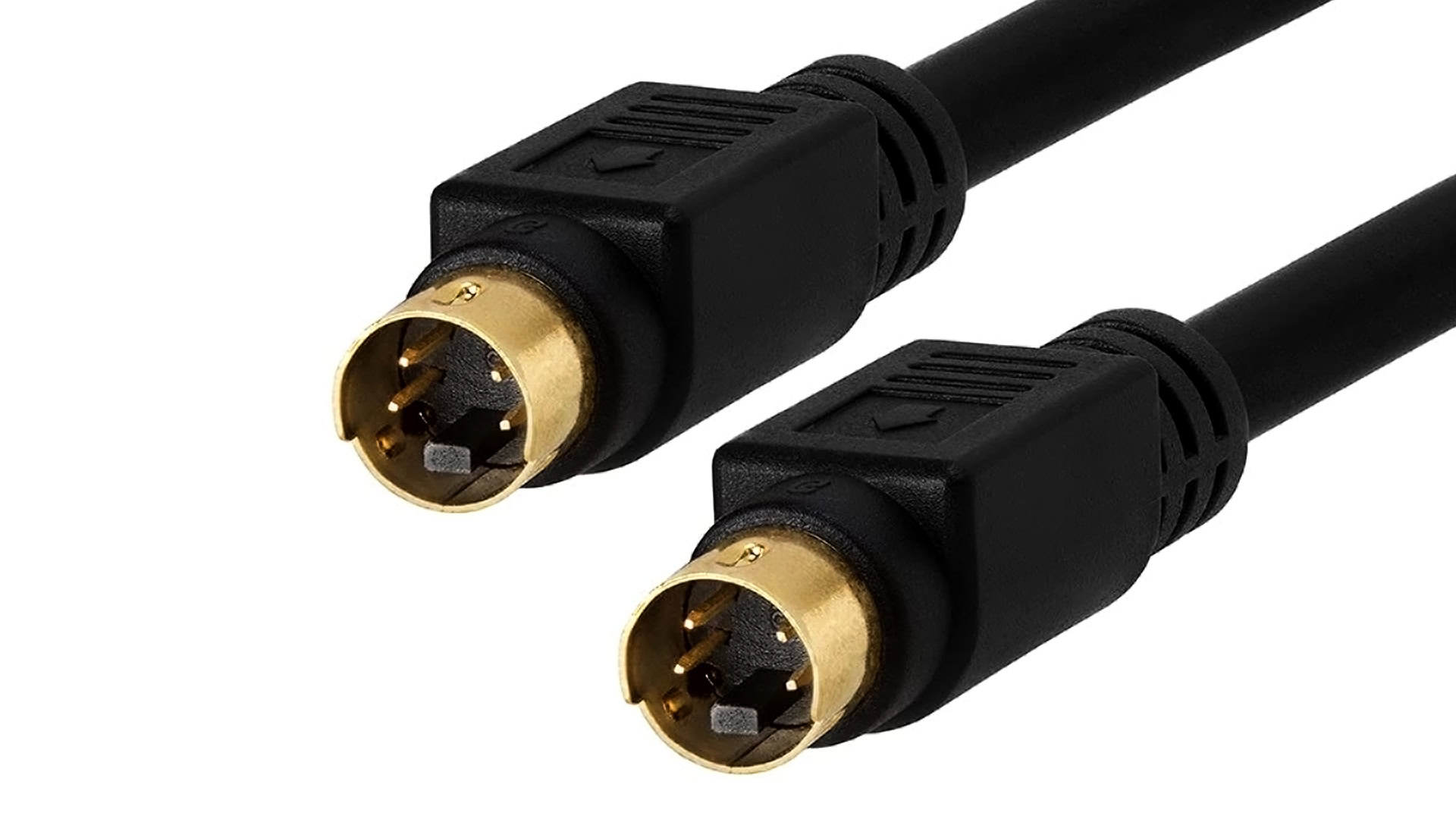
S-Video is an enhancement of composite that reduces or eliminates artifacts like dot crawl, thanks to having two separate channels. While a version of it first premiered in 1979, it didn’t really catch on until JVC launched S-VHS in 1987, so it’s frequently associated with that format. You may also recognize it from the Commodore 64.
Coaxial
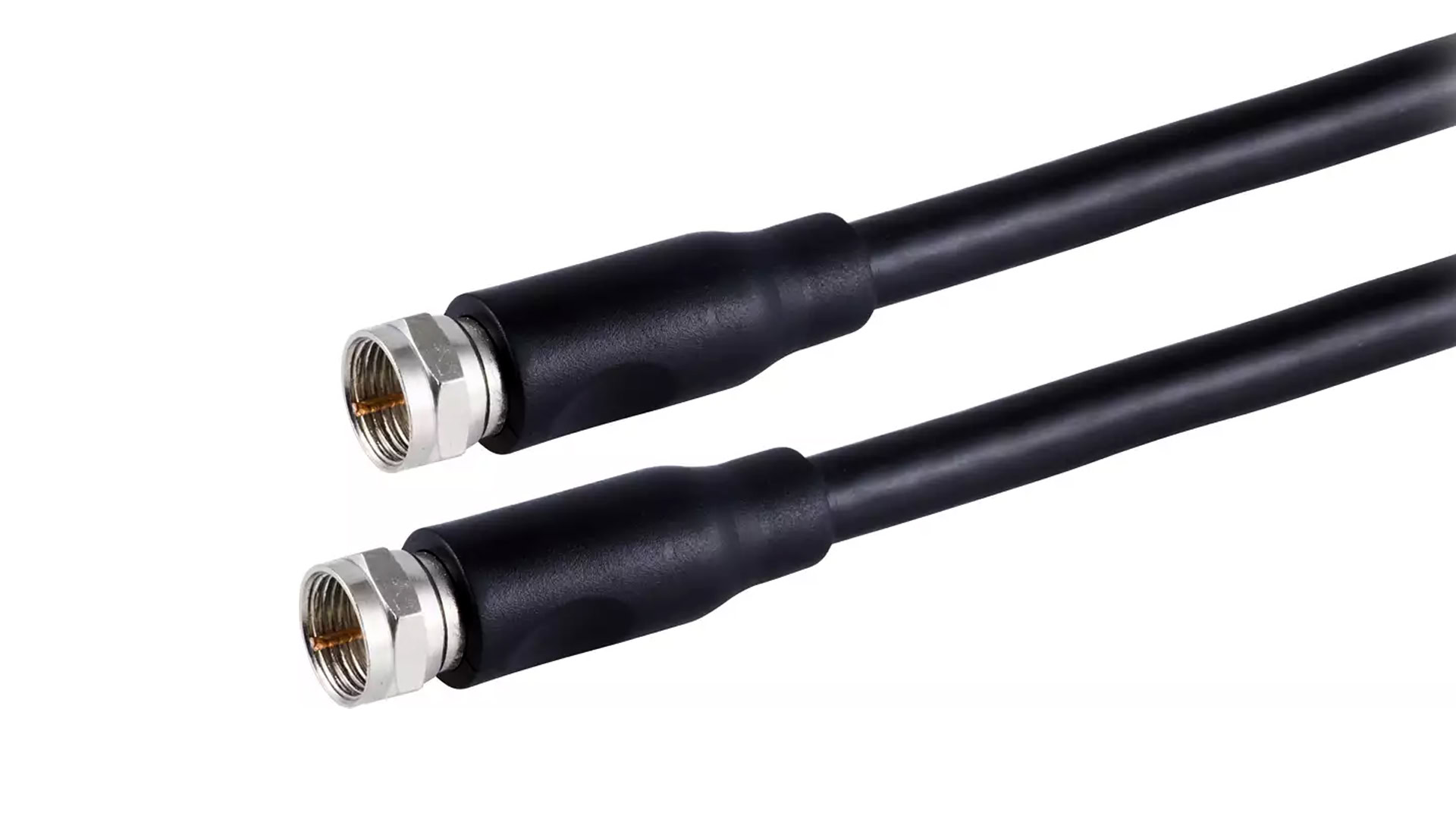
Often shortened to coax, this format is best known as how cable TV and internet connects from your wall to your set-top or router. There are other video applications — such as antennas and CCTV cameras — and the right types of coax do support HD, but you’ll be using other cables for most applications.
DisplayPort
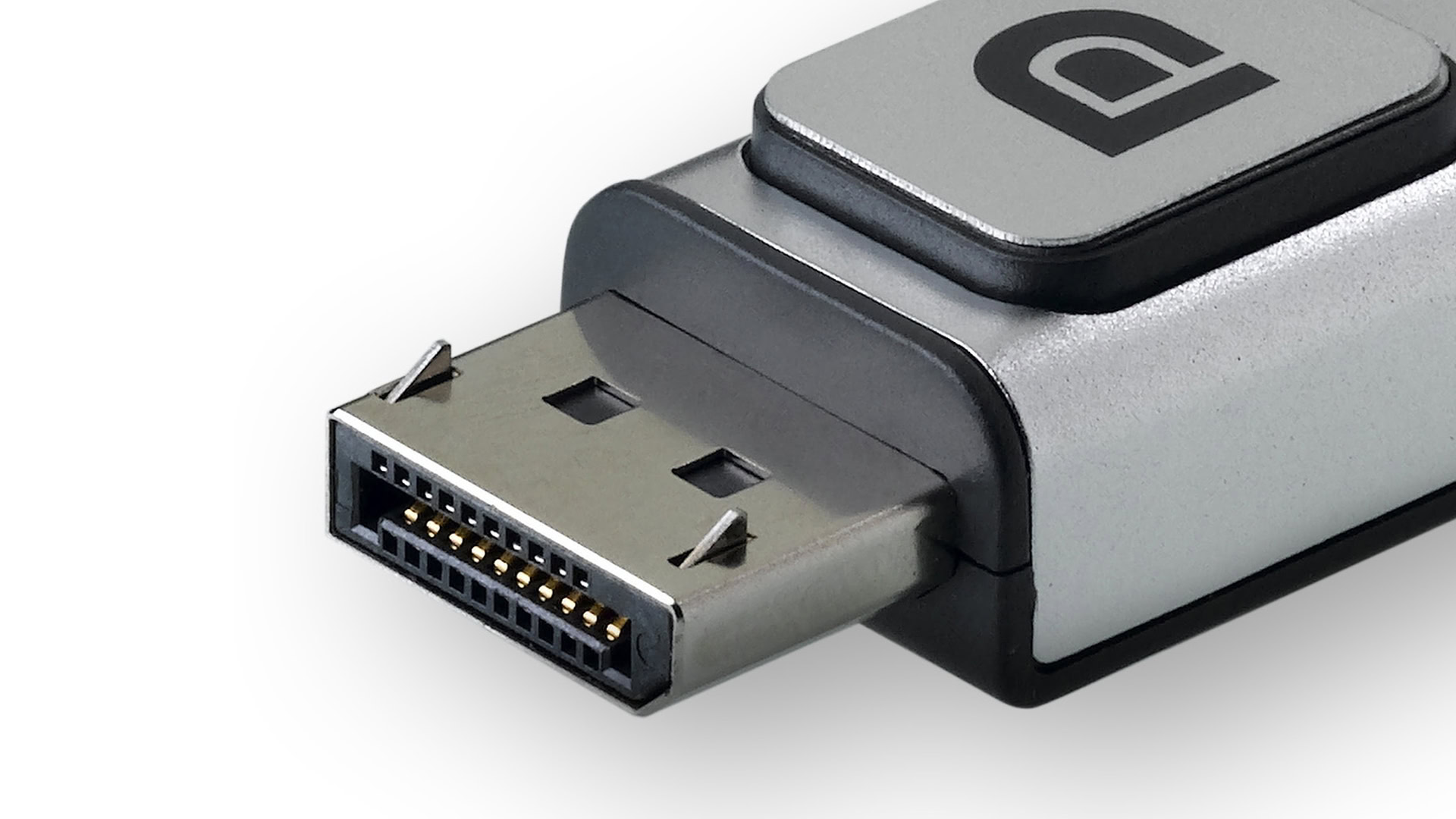
DisplayPort is a video connection format specifically engineered for computers. Typically then it’s only found on monitors and computers, though it does sometimes appear elsewhere, even (rarely) on TVs. HDCP monitors copyrighted content.
You can think of DisplayPort as a counterpart to HDMI meant to address some of the latter’s deficiencies, given the high resolutions and refresh rates computers are capable of. Whereas HDMI bandwidth ranges from 4.95 to 48Gbps, depending on the version used, DisplayPort starts at 10.8Gbps and can deliver as much as 80Gbps in its latest incarnation (2.1).
DisplayPort 2.x supports 4K at 240Hz, 8K at 85Hz, and for limited professional purposes, resolutions up to 16K. It also supports HDR at many resolutions, as well as high-end audio standards like Dolby Atmos. Notably, some USB and Thunderbolt cables can serve up DisplayPort’s Alt Mode, eliminating the need for a dedicated video cable.
USB-C and Thunderbolt
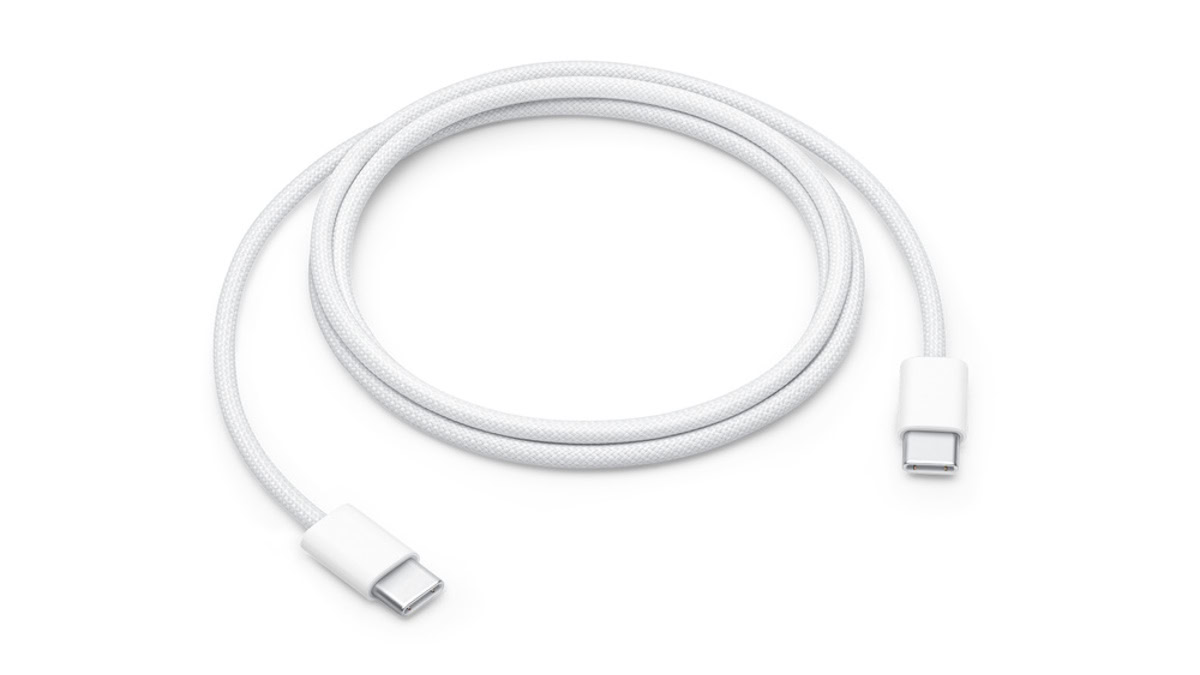
Normally USB-C and Thunderbolt are meant for pure data and power, but as mentioned, their bandwidth is such that the right cables can channel DisplayPort audio and video to a compatible screen. Your display chain (meaning both the cable and ports) needs to offer USB 4.0/Thunderbolt 4 speeds to handle DisplayPort 2.1, but you can still achieve lower specs with USB 3.x or Thunderbolt 3 — just expect to do 4K at 60Hz instead of 240Hz, for instance.
Old computer video cable types
Some monitors may continue to offer a DVI port, but like component, this is mostly for the sake of backwards compatibility. Even a dual-link DVI connection is capable of no more than 2560 x 1600 (WQXGA) resolution at 60Hz, and that’s without audio or HDR (barring some specific DVI-to-HDMI situations that allow audio). The format also lacks support for color spaces other than RGB, and doesn’t automatically support the HDCP technology used to authorize copyrighted movies and TV shows. Your GPU may have to handle that end of things.
VGA is effectively dead in the water. The standard pre-dates DVI and tops out at 2048 x 1536 (QXGA) and 85Hz. You’re unlikely to find a VGA port on any recent monitor or computer, and it’s not even possible to adapt VGA to DisplayPort or HDMI without an active converter, since the newer standards don’t support analog signals.
What’s the best type of video cable?
If you’re using a TV, the answer is inevitably HDMI, at least for now. It can be an expensive challenge to keep up with the format’s evolution, but it’s also de facto, ubiquitous, and flexible. An HDMI 2.1 cable will work just as well with the old 720p TV in your home gym as it will on the 8K HDR set in your living room — it’s just a question of what features each TV supports.
If you’re on a PC, you should choose a native DisplayPort connection if you can, but HDMI, USB-C, or Thunderbolt can be viable options too depending on their versions and what you’re connecting. USB-C or Thunderbolt may even be preferable, since they can pass data and power in both directions. Imagine, for instance, having your mouse, keyboard, and external storage instantly accessible by connecting your laptop to your monitor — and potentially having your laptop charge at the same time.
FAQs
With a standard component setup, video is delivered through red, green, and blue cables. There will probably be separate red and white cables for audio.
A USB-C cable needs to support DisplayPort’s Alt Mode to handle video, even if you end up using something like an HDMI adapter on the other end. That means a cable must be capable of USB 3.1 speeds or better, and you’ll only be able to achieve DisplayPort 2.1 specs if a cable is rated for USB 4.0.
Usually the answer is no, since 3.5mm is mostly intended for audio. There are some cases, though, where you can use a 3.5mm to RCA adapter, such as outputting video from camcorders that explicitly depend on 3.5mm for export.
Effectively. Component cables are color-coded mostly so you know where they’re meant to be plugged in. Note, though, that you can’t interchange something like component with coaxial.